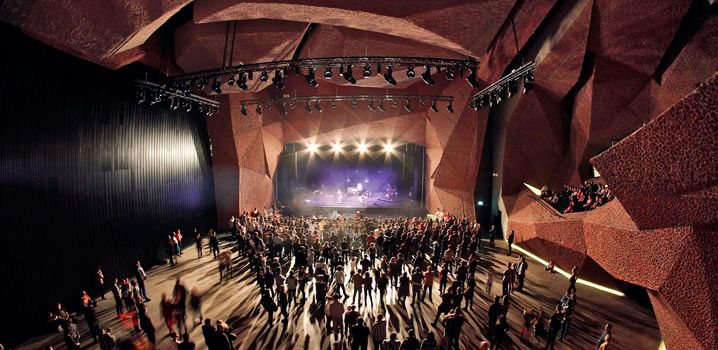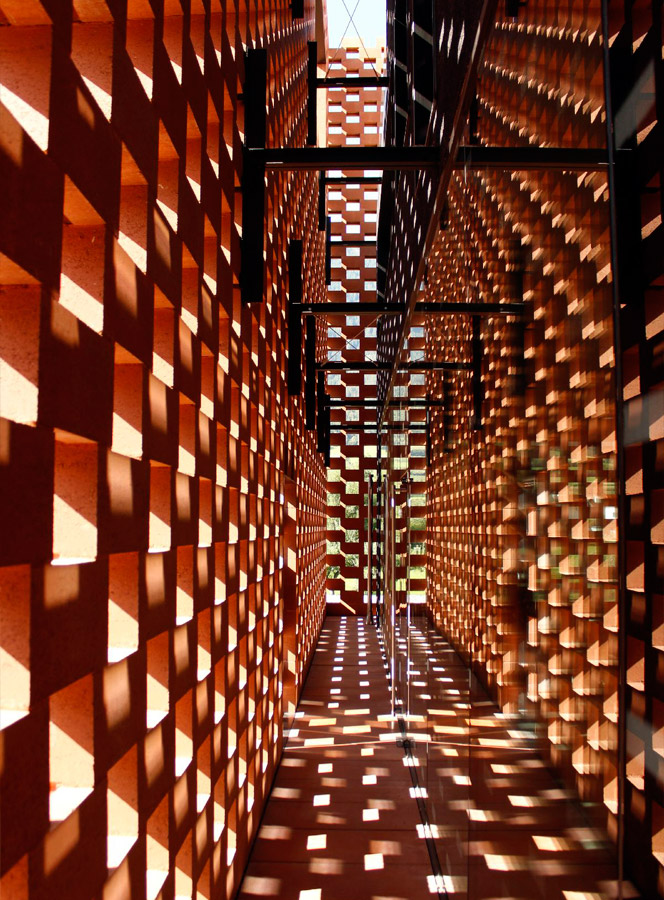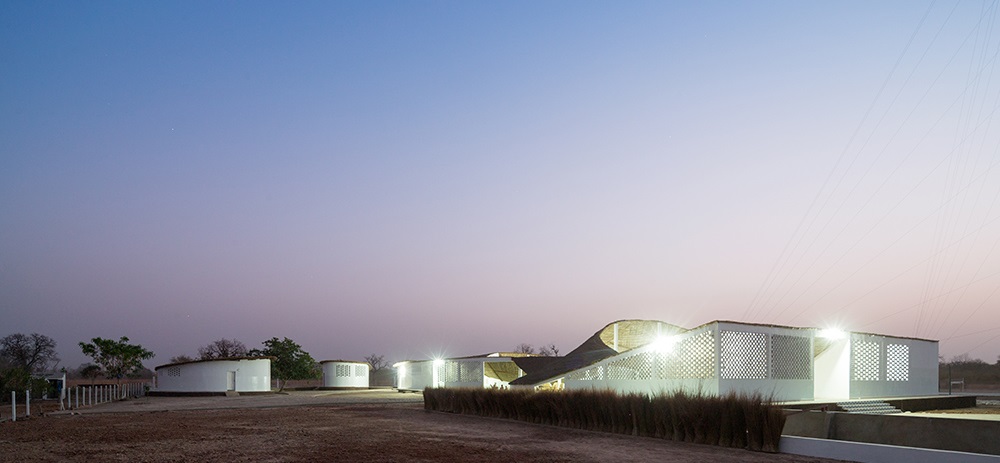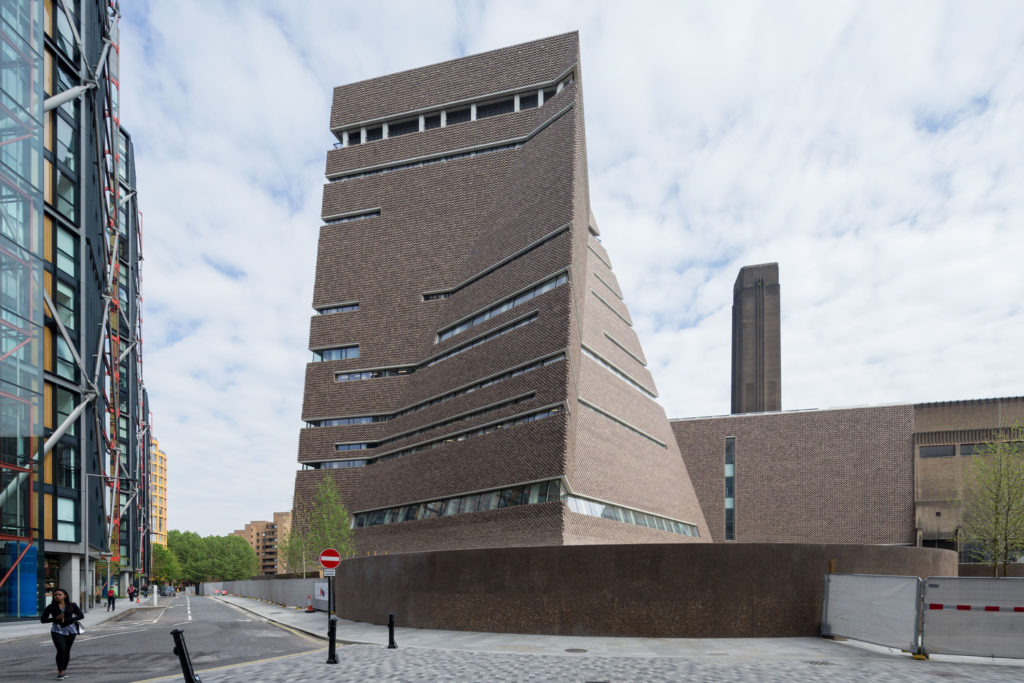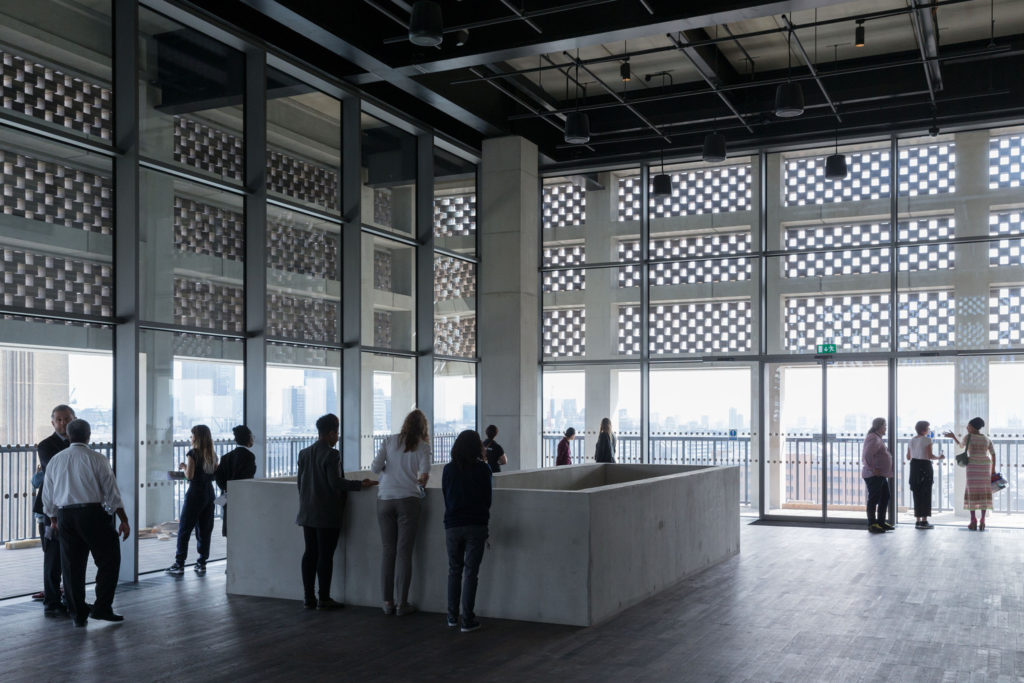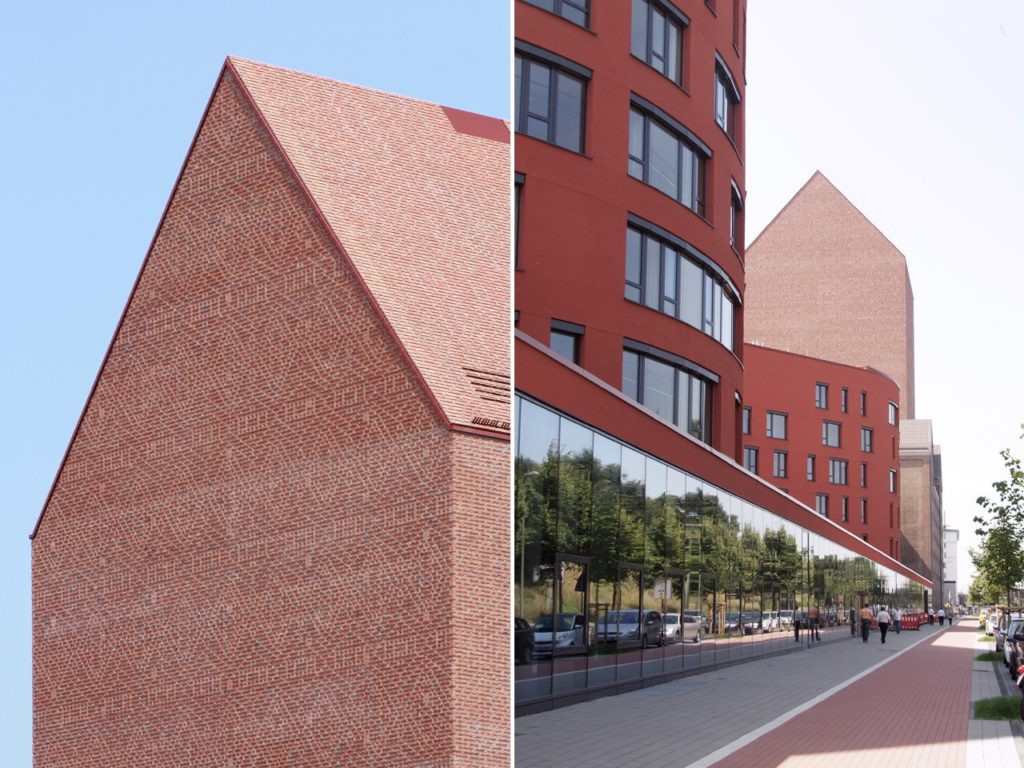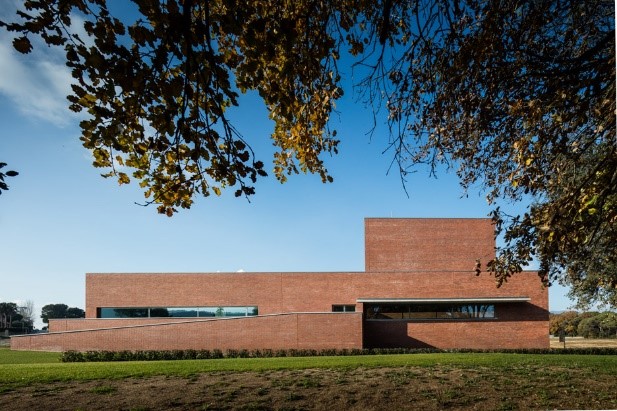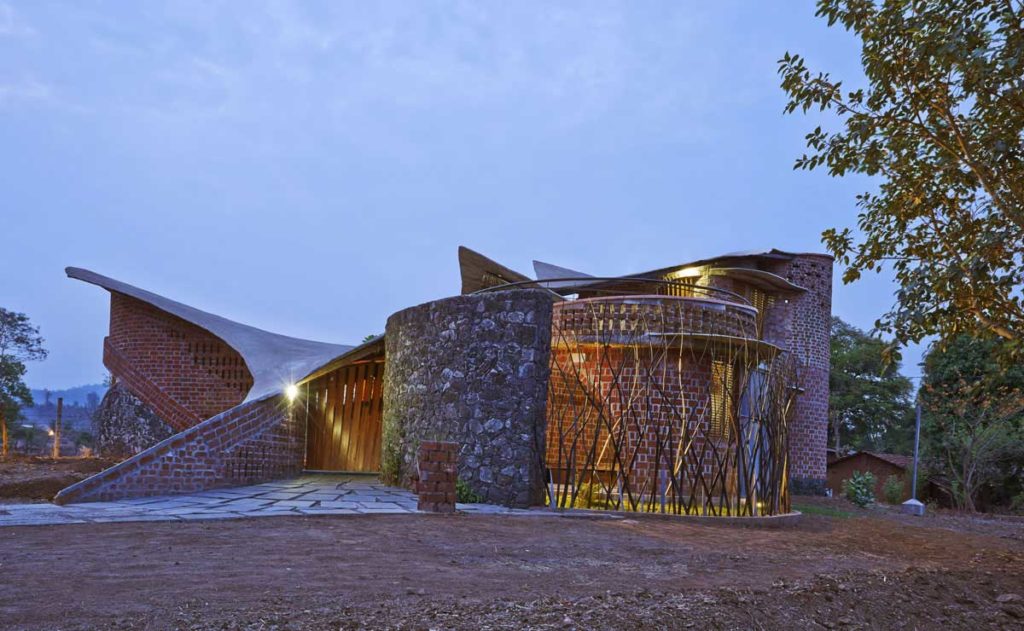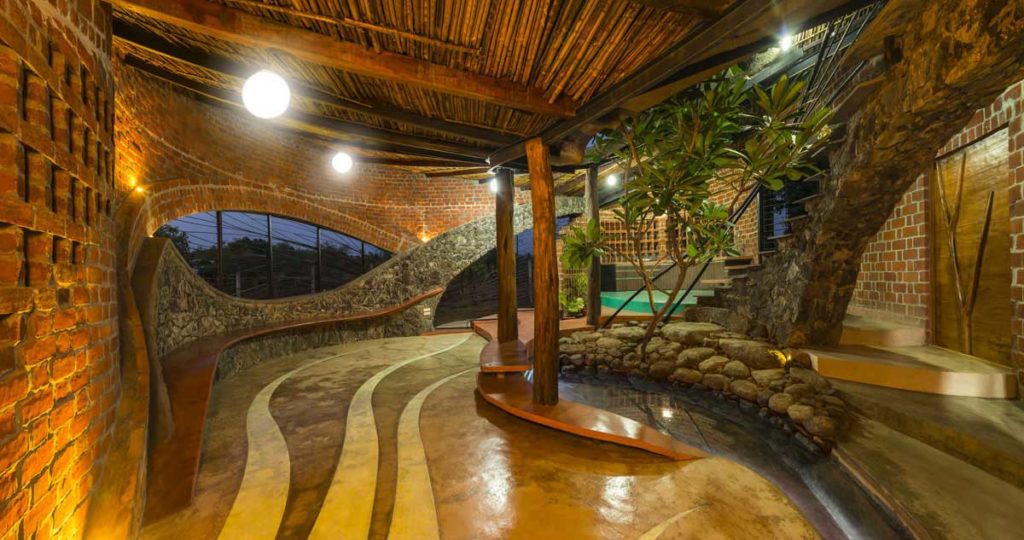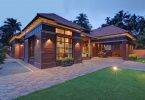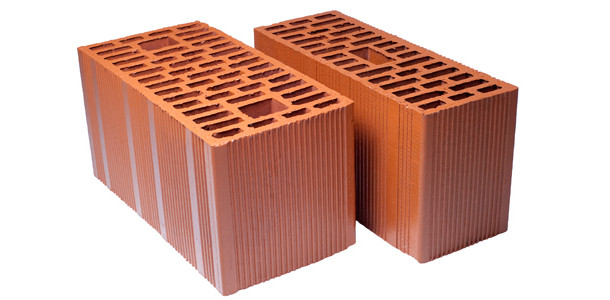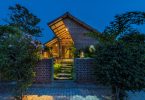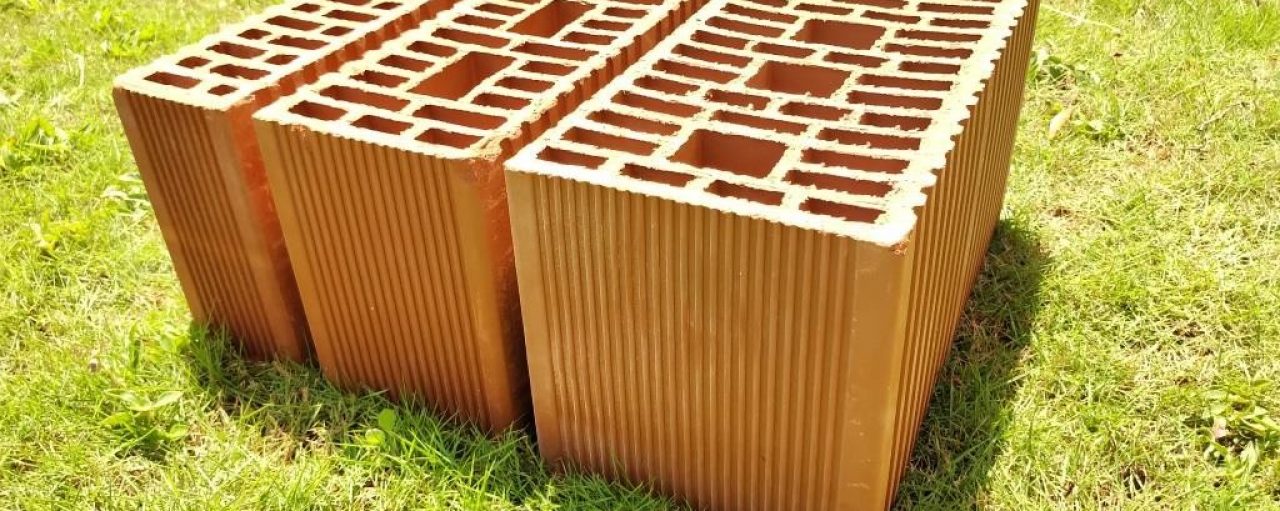Behold The Clay Brick.
Clay bricks are one of the oldest building materials, and they do have an interesting history. Dating back to 7000 B.C., when bricks were first made out of mud and clay and simply dried in the sun; fast forward to today, brick production has totally changed. Today what we get and call bricks are the fired ones and are produced in masses – Today the brick industry is worth $6 billion and is constantly enjoying little yet steady growth.
German-American architect Ludwig Mies Van der Rohe once said “Architecture starts when you carefully put two bricks together. There it begins.” Well, during that era brick might not have been considered as the most fashionable building materials, but he surely was a long-time supporter of the solid block. For eras, and from the palaces, to the solid brick walls, and tall red brick towers brick has been one of the most recognizable and astonishingly picturesque building materials across the world.
Unquestionably, we have come a very long way from that era of mud sun-dried bricks. Now, designers and architects are challenging in design contests using clay bricks one of their main medium and taking it to totally new heights. Proof are these astoundingly wonderful famous buildings made with bricks, let’s explore them.
7 Famous Buildings Made With Brick
1. CKK Jordanki – Torun, Poland
CKK Jordanki is a multi-functional facility, situated at the very heart of Toruń, typically overlooking the Vistula River in the historic city centre. The building was designed by a Spanish architect Fernando Menis. At this Cultural and Congress Center an intimate show takes place under an amazing umbrella of red bricks. By using crushed bricks and concrete to create the amazing effect seen and felt inside the building – This structure surely stands as one strong example of brick layering that is wonderfully taken to an extreme level.
2. Puni Distillery – Glorenza, Italy
Puni is one of the first and the only whiskey distillery located in Italy. What makes this distillery unique is that it keeps its barrels inside old military bunkers. The building is a reminiscent red brick cube planned and designed by the South Tyrolean architect Werner Scholl. Inspired by traditional farmhouse architecture, the brick-red checkerboard exterior walls are striking and look a lot like a glowing lantern. And yes, all the bulk of the production of whiskey happens beneath these brick formations.
3. New Artists’ Residency – Senegal
Designed by New York-based Toshiko Mori Architect, the New Artist’s Residency incorporates local materials and building customs beautifully. While local villagers and masons rendered their expertise and skill on working with brick, bamboo, and thatch, architect Mori moulded those materials into a beautiful contemporary geometric design which perfectly complements its surroundings (i.e. flat landscape). Bricks were used for the walls, thatch and local earth were used for the inverted sloping roof which moves like a wave over the building.
4. Tate Modern – London, United Kingdom
Opened in 2016, the new wing of the Tate Modern is designed by Herzog & de Meuron. This structure presents a striking combination of the raw and the refined and stands as a strong illustration of the 21st-century architecture. The façade of this new wing uses
5. NRW State Archive – North Rhine Westphalia, Germany
The archive tower designed by Ortner & Ortner of Germany and Austria that rises 70 meters high out of the historic brick warehouse is distinguished from the old walls by its exemplary brick facade. Near the motorway and the inland port, this structure presents itself as a prominent brick building.
6. Red Brick Theatre – Barcelona
Pritkzer Prize-winning Portuguese architect, Álvaro Siza built a red brick theatre in Llinars del Vallès, a village outside Barcelona. The theatre complex is designed in two volumes, one containing a 300-seat auditorium and the other housing the theatre’s offices. The auditorium building features a mixture of straight and curving walls made with raw and rustic bricks.
7. Brick House – Wada, India
Located amidst rural settlements in Wada, near Mumbai, the Brick House designed by iStudio architecture is a farmhouse set within hills and farms. The House is constructed using materials like bricks, bamboo, wood, stone, and Ferro-cement – And interestingly they are all in their naked form that adds an earthy feel to the built-up space. The structure offers myriad of different views and altitudinal relationships, with each volume flowing metrically into the next – following the curved lines and forms which defines the project.
“Even A Brick Wants To Be Something” – Louis Kahn
Despite its rigid, oblong shape made to fit in your hand, brick architecture for long has proved its self in creating beautiful structures with the right craftsmanship. Well, the above structures are just a few of them.
Today innovative thinkers are also finding new ways to incorporate active sustainability into traditional building materials like Bricks – Heard Of Porotherm Smart Bricks?
Porotherm Hollow Bricks are the star product of Wienerberger, India. It is a technologically innovative smart clay brick designed for all building setups. This innovative product has been designed after carefully keeping in mind the changing climatic conditions, keeping homes naturally cool and comfortable throughout the year for generations. Porotherm bricks are environment-friendly, cost-effective and easy to handle. It is not just a brick but a Smart Clay Brick!
Green is good and when building your home, selecting Porotherm is a great green choice. With long-lifecycle, many recycling choices and minimal wastage, Porotherm Clay Bricks are surely one of the greenest choices one can make.
Curated by a building expert from Wienerberger India





